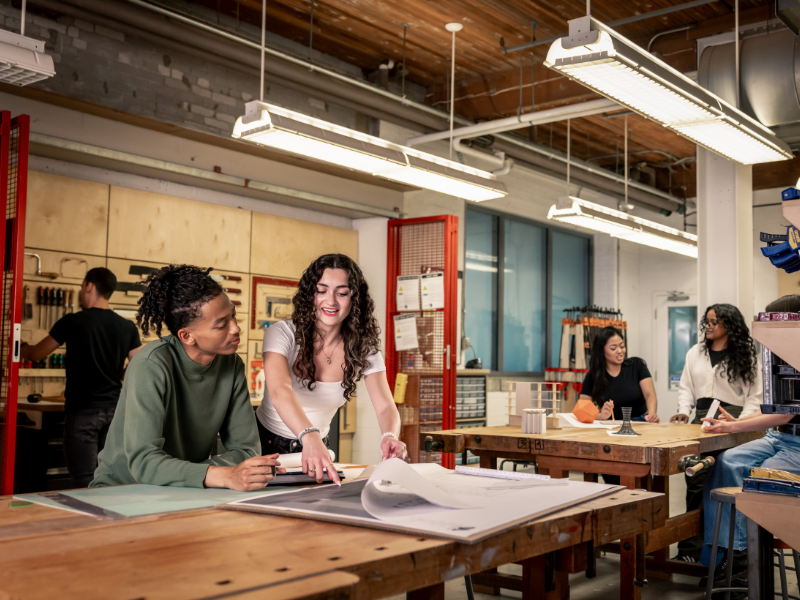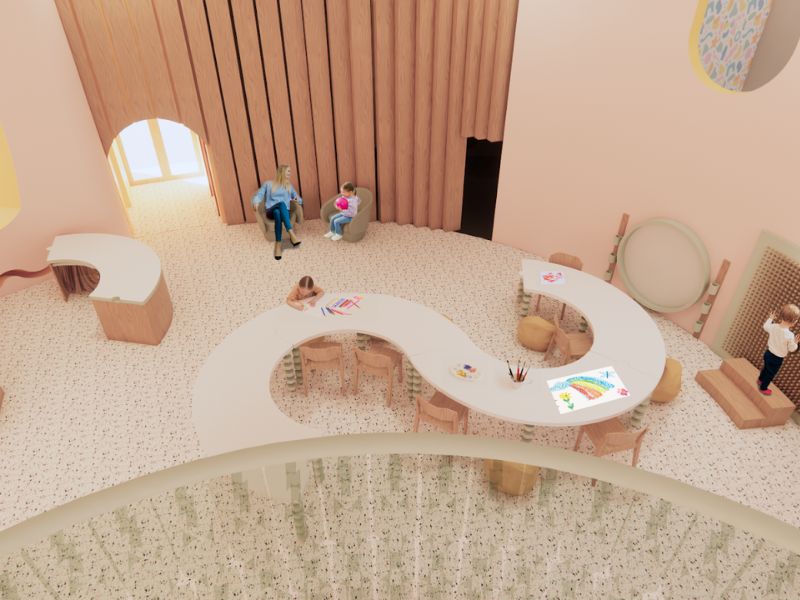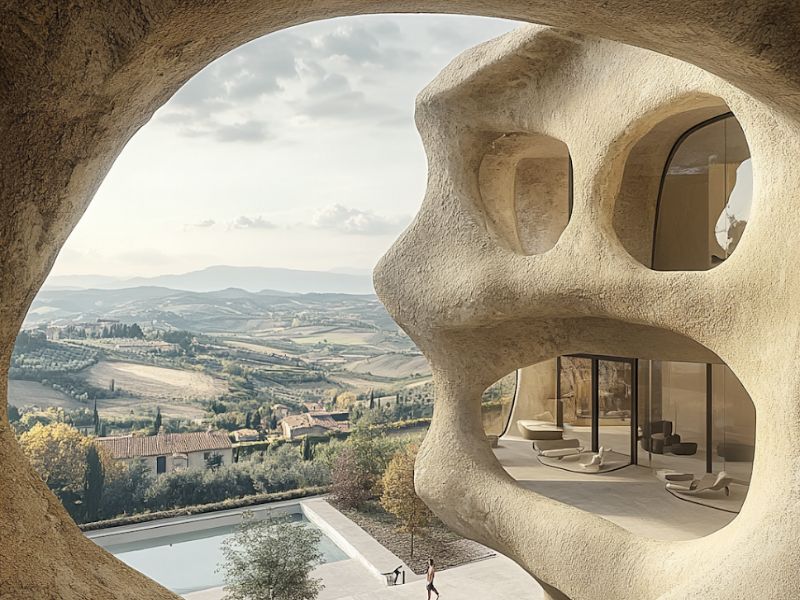Redesigning possibilities: new Master of Interior Design program bridges creativity and industry
In a world where the built environment shapes how we live, work, and connect, the interiors of places not only tell their own stories but also infuse a new sense of meaning into everyday life.
The Master of Interior Design (opens in new window) (MID) program launches the first-of-its-kind two-year pathway, providing an exciting opportunity for those looking to reshape the spaces and places we inhabit. Open to students from any undergraduate background, the program allows them to integrate their previous studies into a graduate degree while preparing for professional licensure—offering a seamless transition into the interior design field for those looking to pivot careers.

A hands-on learning experience
With a focus on hands-on, experiential learning, the MID program equips students with the skills necessary to become leaders and change-makers in the design industry. Students will get the opportunity to immerse themselves in a studio-based environment, applying design principles to solve real-world problems, all while exploring cutting-edge trends in the interior design field. Under the leadership of Program Director Lois Weinthal, MID is designed to prepare new designers to navigate the myriad challenges of an ever-evolving field.
“The Master of Interior Design programs were created to provide pathways for students to pursue the design of these spaces at an advanced level while developing areas of expertise to address pressing concerns such as the environment, sustainability, and health,” says Weinthal.

Courtesy of Dina Badawi

Courtesy of Adrianne Bou-Zaid
Building meaningful interiors for the future
Beyond aesthetic design, the program focuses on the role of interior spaces in fostering well-being, sustainability, and functionality in communities.
“The discipline of Interior Design is a continuously evolving field that supports societal needs across a range of uses such as workplace environments, education, and housing,” says Weinthal.
By merging creativity with practicality, this program empowers students to shape spaces that foster connection and purpose: a key element of the program’s holistic design, as shared by the Associate Director of Graduate Studies, Dr. Jean Bruce.
“What is meaningful is largely culturally and experientially determined. Students are provided with opportunities to gain extensive design knowledge and are encouraged to explore non-western approaches to design, fabrication and aesthetics. In fact, experiential approaches, sustainability, and diversity in all forms are central to contemporary design,” says Bruce.
With a focus on hands-on experience and creative innovation, the Master of Interior Design program is paving the way for the next generation of designers—enabling tomorrow’s leaders to be ready to make an impact in a growing, dynamic industry, whether they have an academic background in design or not.
Interested in learning more about the Master of Interior Design program? Check out the graduate degree’s website (opens in new window) to explore how you can continue or forge a new career in the world of interior design.

The Creative School at Toronto Metropolitan University
The Creative School is a dynamic faculty that is making a difference in new, unexplored ways. Made up of Canada’s top professional schools and transdisciplinary hubs in media, communication, design and cultural industries, The Creative School offers students an unparalleled global experience in the heart of downtown Toronto.
